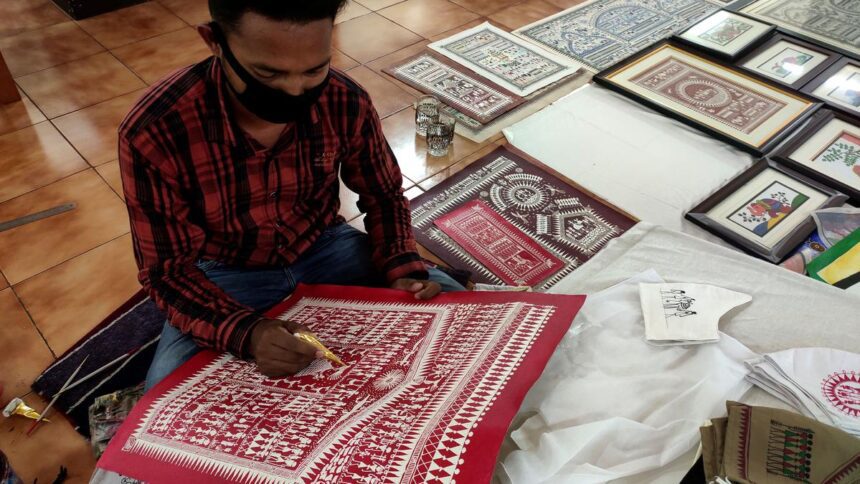Last Thursday, 17 products from six States and Union Territories received the Geographical Indications (GI) tag, which signifies a product’s specific geographical origin and the distinct qualities or reputation associated with that origin. Among the products recognized were the Dongaria Kondh shawl from Odisha and Sundarban Honey from West Bengal, demonstrating the diversity of handicrafts and agricultural products in India.
In India, geographical associations are strong; for example, laddus from Tirupati and Nagpur oranges are well-known GI-tagged products. Tirumala Tirupati Devsthanam emphasized the premium quality of raw materials used in making laddu prasad, highlighting the skill required at each production stage. The GI tag for Nagpur oranges has effectively helped farmers market their produce.
Applications for GI tags can be submitted by traders, associations, or organizations, which must provide historical documentation and a detailed description of the product’s creation process. It is noteworthy that, in some cases, the raw materials do not originate from the GI-tagged region unless specified for agricultural products. For instance, the leaf that characterizes Banarasi paan is sourced from states such as Bihar, West Bengal, or Odisha, while mulberry silk for Kancheepuram sarees comes from Karnataka, and gold zari is procured from Surat.
As of January 7, 2023, there are over 500 GI tags spanning 34 product categories, including food, handicrafts, and manufactured items. More than half of these tags are for handicrafts created by skilled artisans. Each Indian state holds at least one GI tag, and the total does not inherently reflect cultural richness. Tamil Nadu leads with 61 GI tags, followed by Uttar Pradesh with 56, reflecting items like leather footwear from Agra and traditional Chikankari embroidery from Lucknow. Karnataka ranks third with 48 tags, Kerala fourth with 39, and Maharashtra fifth with 35.
The Coimbatore wet grinder, used for making batter for idlis, is one of the products categorized under “manufactured” items. Traditional cultural hubs such as Banaras boast 11 unique crafts and agricultural products, the most from a single location, including the renowned Banarasi paan. Mysuru, a city rich in heritage, has 10 unique items, including Mysore mallige jasmine and sandalwood soap. Notable crafts such as Thanjavur paintings and the city’s signature bobblehead dolls also hold GI tags.
Source: Geographical Indications Registry
Published – January 09, 2024, 05:57 PM IST










